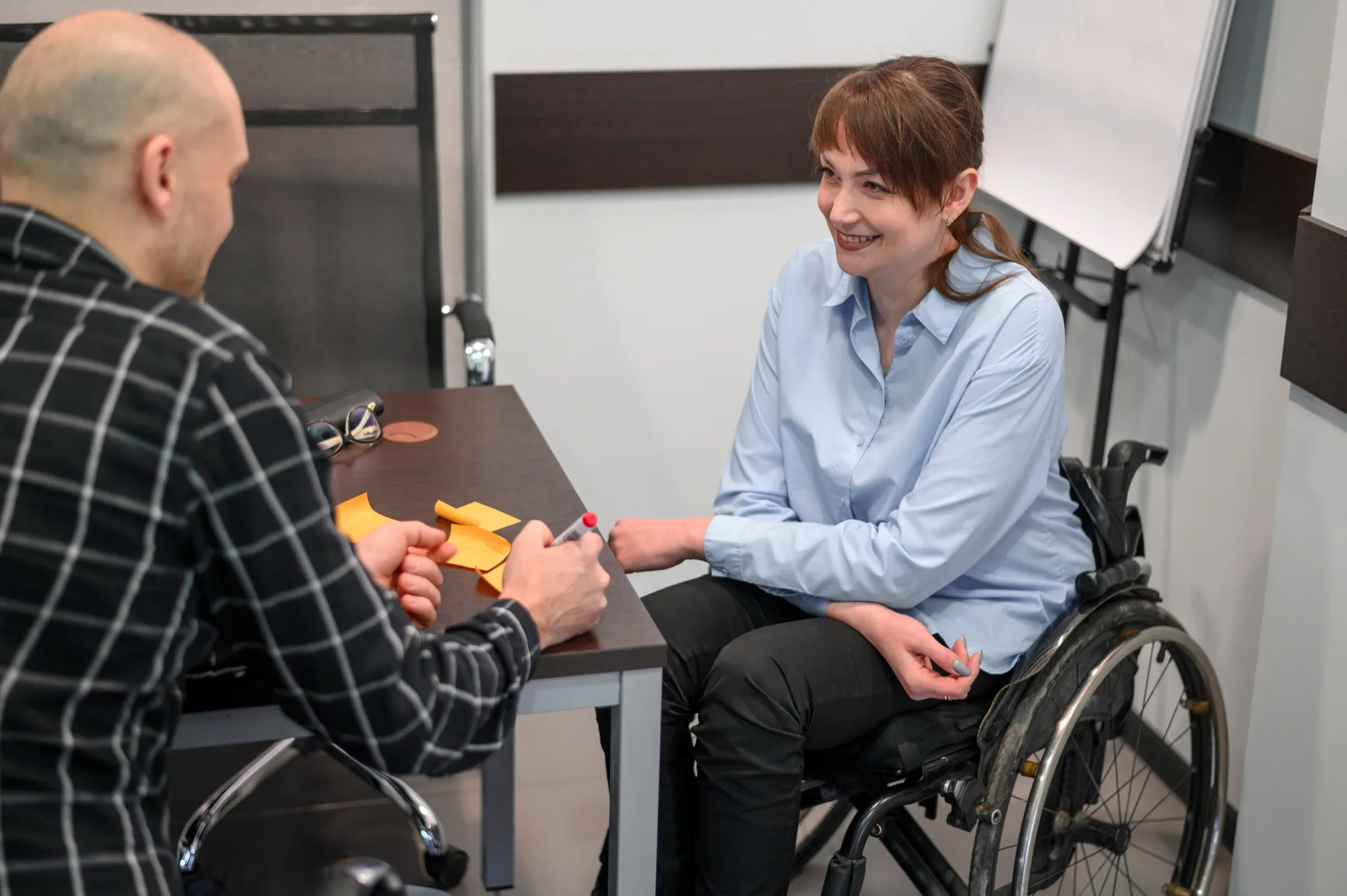Two patients suffering from systemic sclerosis, one with a definite diagnosis and the other with a probable one, have experienced a significant medical breakthrough with the successful treatment of their condition-related fingertip necrosis using an ultrasound-guided median nerve block. This innovative approach, detailed in an article published in the “Internal Medicine” journal, showcases a promising new avenue for managing this severe complication associated with systemic sclerosis.
Systemic sclerosis, also known as scleroderma, is a chronic autoimmune disease characterized by hardening and tightening of the skin and connective tissues. One of the debilitating manifestations of this disease can be fingertip necrosis, which leads to severe pain, impaired function, and potential loss of the fingertip.
The study, conducted by a team of researchers from the Department of Anesthesiology and the Department of Allergy and Rheumatism at Chiba Central Medical Center in Japan, led by Dr. Masakatsu Kinoshita, reported on two cases in which an ultrasound-guided median nerve block was administered on the affected side. The patients had nailfold temperatures below 25°C, indicating poor blood flow and risk of necrosis. Remarkably, immediately following the nerve block application, thermography showed a significant increase in temperature in the affected fingers, signaling improved circulation.
The first case involved a patient with definite systemic sclerosis who presented with index fingertip necrosis. After undergoing repeated median nerve block applications, there was a noteworthy mean basal temperature increase of 3.6°C in the affected digit. The second case, a patient with probable systemic sclerosis, displayed impending necroses on the index and middle fingertips. Following the same treatment protocol, this patient’s affected hands showed an even more considerable temperature rise of 5.9°C.
The study’s findings suggest that peripheral nerve blocks can be fundamental in treating fingertip necrosis associated with systemic sclerosis. The technique not only alleviates symptoms but also appears to promote healing by enhancing local blood flow to the affected extremities. The thermographical observation provided a novel means of visualizing the improvements in real-time, confirming the efficacy of the treatment.
This pioneering approach has several implications for the management of systemic sclerosis. Previous treatments for conditions leading to digital ischemia and necrosis, such as systemic sclerosis, have been largely limited to vasodilatory drugs, local care, and, in severe cases, surgical intervention. The success of the median nerve block application could transform current practices by offering a non-invasive, repeatable, and easily accessible option.
The researchers emphasize the need for further studies to validate these preliminary findings. Larger scale trials will determine the extent of the benefits and the potential for this treatment to be standardized for systemic sclerosis patients with similar symptoms.
The original article, titled “Cure of Fingertip Necrosis after Median Nerve Block Application in Two Cases of Definite and Probable Systemic Sclerosis,” is accessible through the DOI: 10.2169/internalmedicine.2728-23.
Given the groundbreaking nature of these findings, it is crucial for health professionals managing systemic sclerosis to be aware of this new potential treatment option. For patients suffering from the painful and debilitating symptoms of fingertip necrosis, this may represent a new hope for recovery and improved quality of life.
Keywords
1. Systemic Sclerosis Treatment
2. Fingertip Necrosis Cure
3. Median Nerve Block
4. Thermography in Scleroderma
5. Non-invasive Therapy for Scleroderma
References
1. “Cure of Fingertip Necrosis after Median Nerve Block Application in Two Cases of Definite and Probable Systemic Sclerosis.” Kinoshita M et al. Internal Medicine (Tokyo, Japan), 2024 Jan 13. DOI: 10.2169/internalmedicine.2728-23.
2. Herrick, A. L. (2017). Pathogenesis of Raynaud’s Phenomenon. Rheumatology, 466-471. DOI:10.1093/rheumatology/kek174.
3. Varga, J. (2014). Systemic sclerosis: An update. Bulletin of the NYU Hospital for Joint Diseases, 2-6.
4. Matucci-Cerinic, M., Denton, C. P., Furst, D. E., & Mayes, M. D. (2011). Systemic sclerosis: state of the art on clinical practice guidelines. RMD Open, 3(2), e000471. DOI:10.1136/rmdopen-2018-000471.
5. Nguyen, C., Bérezné, A., Baubet, T., Mestre-Stanislas, C., Rannou, F., Papelard, A., Morell-Dubois, S., Revel, M., Guillevin, L. & Fermanian, J. (2010). Association between fibromyalgia and systemic sclerosis: the tip of the iceberg of the systemic sclerosis ‘fibrosing disorder’? . Ann Rheum Dis, 14, 1345-1351. DOI:10.1136/ard.2009.120493.
